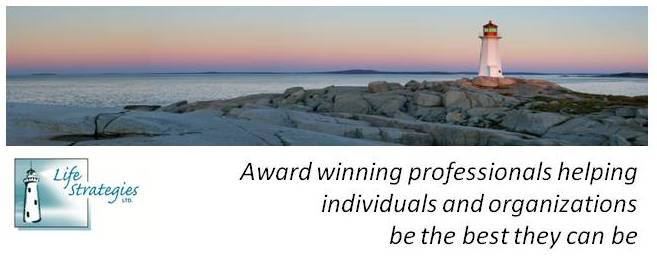 When creating a picture book of goals, it is infused with very personal goals and emotions. Sometimes, we have precise ideas about what it is that we want, which will reduce the number of possibilities that could be considered as resolutions, or solutions, to the desired goal. By putting images and words on a visualization board, or picture book of goals, the goal is acknowledged, perhaps sub-goals and baby steps are put into place towards the goal, but the rest may be left up to opportunity and chance. Happenstance is a great way to understand those elements that we simply don't have control over as we strive forward.
When creating a picture book of goals, it is infused with very personal goals and emotions. Sometimes, we have precise ideas about what it is that we want, which will reduce the number of possibilities that could be considered as resolutions, or solutions, to the desired goal. By putting images and words on a visualization board, or picture book of goals, the goal is acknowledged, perhaps sub-goals and baby steps are put into place towards the goal, but the rest may be left up to opportunity and chance. Happenstance is a great way to understand those elements that we simply don't have control over as we strive forward.Krumbholtz's Planned Happenstance Theory, which accepts serendipity as an important factor in career planning, fits very well with picture books of goals/visualization boards. He believed that people, to varying extents, can contribute towards making their own luck. "Lucky" people have certain qualities: goal oriented, planful, curious, actively searching for opportunities, persistent, flexible, optimistic, and prepared to take risk.
As Roberta wrote in Thriving in a New Millennium: Some people transfer serendipity into opportunity. How do they do this?
In part, they have, or develop, the above listed qualities. They also engage in lifelong learning, personal and financial planning, goal setting, work/life balance. I will explore these more in later blogs.




2 comments:
I use mediation every single day to calm my nerves and create focus around my goals and desired outcomes in life.
Another method I use on top of meditation is the use of a vision boards. Have you ever heard of them? They are images pasted on a board that represent your hopes, dreams, and goals. Studying these boards every days plants seeds of these goals within your subconscious mind.
Your subconscious mind is where all of your habits are formed. Combine these visualizations with mediation and self-affirmations, and the seed of your goal in your subconscious mind will begin to grow, sprouting a newly developed habit that is oriented towards your desired outcome, or goal.
John Assaraf does a better job of explaining this and showing you how to do it in his new book "The Complete Vision Board Kit." I downloaded the free chapter here at www.TheVisionBoardKit.com.
Thank you Vanessa!
Vision boards are wonderful, like you said. They are a great way to focus on what it is you are hoping, dreaming, and aiming for. In putting these to image or words, they gain a certain power of clarity and commitment, if only to the idea and working towards something.
The cool thing I've often found, is that sometimes the answers/solutions/manifestations of the goals and hopes happen in unexpected ways --- which is why putting the visions on the board (hopefully) provides some degrees of freedom as to how they will be achieved. It can open up the mind to new possibilities. :-)
Thank you for the Vision Board link recommendation! That's interesting how Assaraf (in the video) also addresses beliefs (many of which are unconscious). That takes increased self-awareness and self-challenge. And also letting go of holding on to the image (the part when he mentions unpacking the vision boards with his son).
Post a Comment